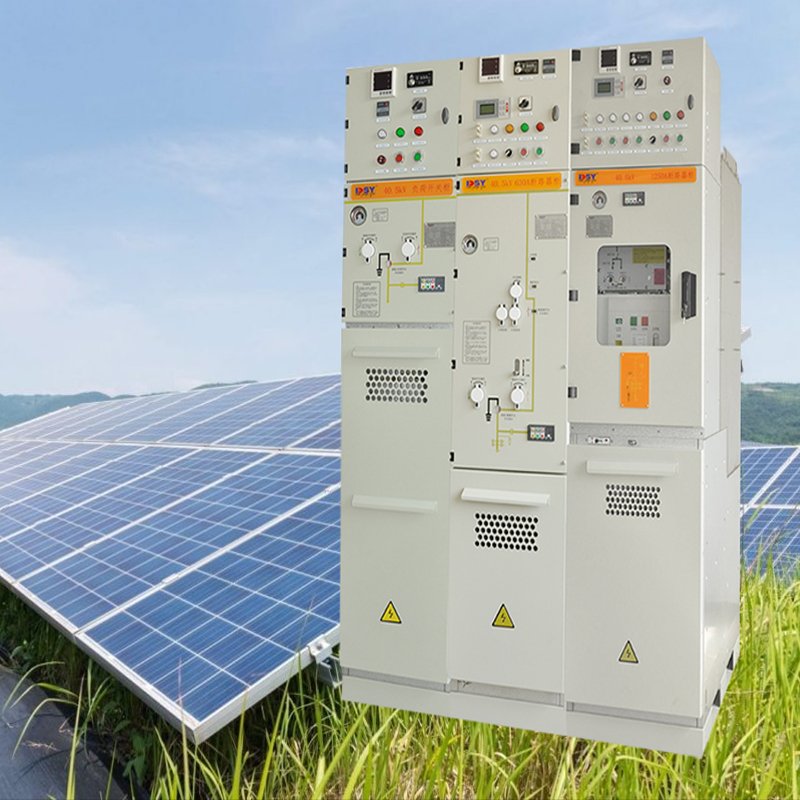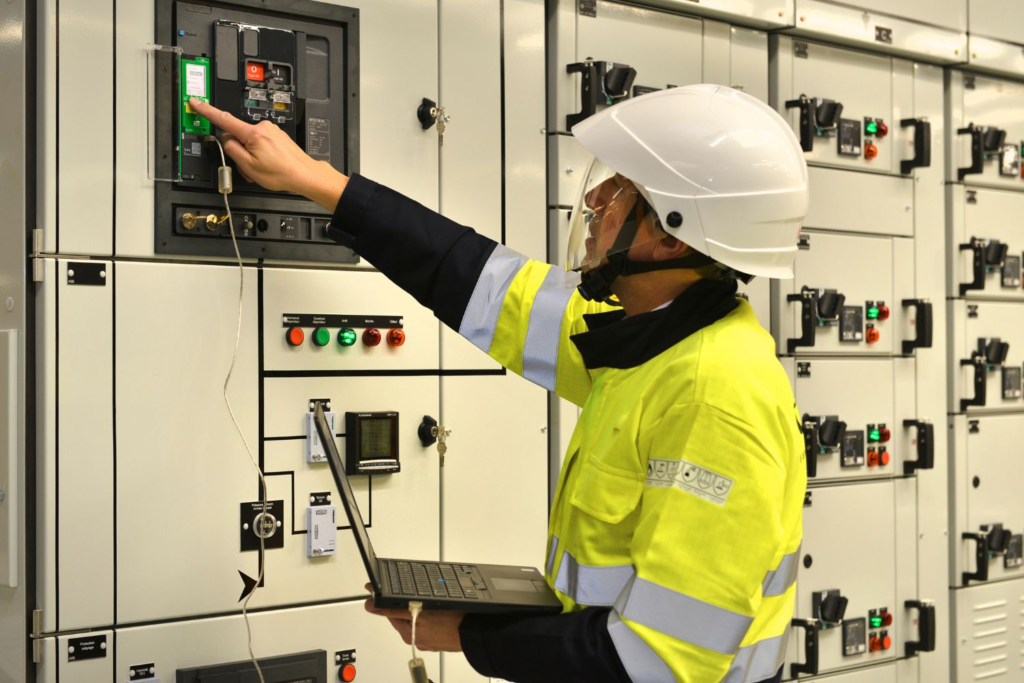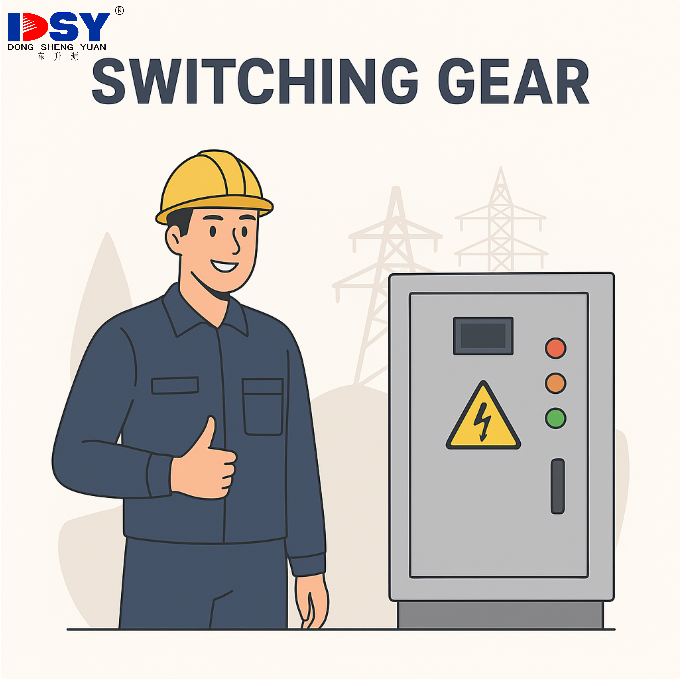How to Choose Renewable Switchgear: Avoid Risks, Boost ROI
Introduction
As a procurement manager or EPC contractor, you know switchgear isn’t just another component—it’s the linchpin of your renewable project’s uptime, compliance, and budget. Choose wrong, and you’ll face grid rejection, unplanned costs, and missed deadlines. Choose right, and you’ll cut O&M by 40% while ensuring seamless grid integration. This guide cuts to what matters: how to select switchgear that protects your project from risks and boosts long-term ROI. For an overview of our product range, explore our renewable energy switchgear portfolio.
Why Renewable Energy Projects Demand Specialized Switchgear
Managing Intermittency & Storage Integration
Solar and wind fluctuations can derail your project if switchgear can’t handle 150% overloads.What to check: Ensure units meet IEEE C37.20.7-2022 (requires 2+ hours of overload tolerance) and sync with storage systems in ≤20ms—critical for passing grid interconnection tests.

DSY V-40.5 medium-voltage switchgear deployed in a 150MW solar project
Grid Code Compliance
Regulators won’t approve your project if switchgear misses fault clearance deadlines (≤5 minutes in Europe, ≤0.25 seconds in the US). What to verify: Demand IEC 62271 certification for circuit breakers—this guarantees first-pass approval and avoids costly rework. Reference the official IEC 62271-100 standard for detailed requirements.
Non-Negotiable Features for Your Procurement Checklist
| Feature | Why You Need It | What to Insist On | Risk of Skipping |
|---|---|---|---|
| SF₆-Free Insulation | Avoids EU F-gas taxes (€100+/kg) and future bans | Solid dielectric with EU Regulation (EU) 2014/516 compliance | €50k+/year in penalties + forced replacement by 2027 (Germany/California) |
| Modular Design | Cuts installation time by 30% for tight project timelines | Plug-and-play compatibility with containerized substations | Delays costing $10k–$50k/day (per NREL’s 2023 data) |
| Remote Monitoring (IEC 61850) | Lowers O&M costs via predictive alerts | Real-time fault tracking and maintenance scheduling | 25% more unplanned site visits (G&W Electric case study, 2024) |
For a deeper dive into SF₆-free technology, read our guide to eco-friendly switchgear.
Which Type Fits Your Project? (Procurement Decision Guide)
| Type | Best For Your Project If… | Key Specs to Lock In | Typical Cost Range* (2024) |
|---|---|---|---|
| MV AIS (11–36kV) | You have space (e.g., utility-scale solar ≥100MW) | IP54 rating, 25kA short-circuit withstand | $80k–$150k/unit |
| MV GIS | You’re working offshore or in urban areas (tight space) | IP67 sealing (per IEC 60529) for salt/water resistance | $180k–$300k/unit |
| Solid Dielectric RMUs | You’re building community solar (≤50MW) | 10,000+ operation cycles (no maintenance for 10+ years) | $50k–$90k/unit |
*DDP pricing. Based on 30+ supplier quotes (Q2 2024).
Why DSY’s Switchgear Protects Your Project
Trusted by global infrastructure projects and validated by partnerships with major utilities—including China Southern Power Grid and State Grid Corporation of China—our switchgear is engineered to eliminate your critical procurement risks:
- 100% compliance with IEC 62271, IEEE C37.20.2, and local grid codes (ensures seamless approval, no rework delays). View our full certification list.
- SF₆-free solid dielectric designs (avoids regulatory bans, tax penalties, and sustainability audits). Explore our eco-friendly product line.
- Site-specific customization (tested for offshore salt spray, desert dust, and extreme temperatures per your project’s unique environment).
With proven deployments in international projects—from Southeast Asia’s utility expansions (e.g., Cambodia’s Siem Reap project) to South Asia’s industrial grids—our switchgear delivers the reliability that reduces your operational risks and protects your ROI.
Take Action Now
Book a Procurement Consult (our engineers review your project specs for free).





